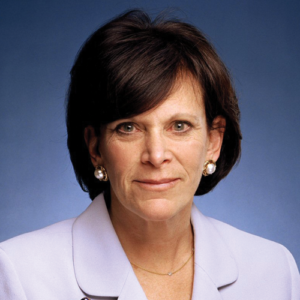Rethinking U.S. Foreign Policy
For decades, three competing worldviews have battled to define American foreign policy. Neocons want the U.S. to act as global policeman and to judge others based on their domestic as well as their international policies. Realists believe we should be focused on the small number of other great powers on matters of war and peace. Liberal Internationalists see U.S. security in the age of globalization as rooted in international cooperation, embodied in alliances, agreements, and robust international institutions. All three narratives are rooted in a century-old tension between the interest-driven policies of Teddy Roosevelt and Woodrow Wilson’s idealism.
As the decades have passed, the debate has continued with remarkably little change, getting more stale and less productive, as conditions in the world have totally transformed. It is time to discard these too-familiar isms and proceed instead from the bottom-up. Notwithstanding how hard it is to make predictions, especially where rapid scientific and technological change is involved, why not discard ideology for an empirical approach, trying, instead, to identify the forces that will shape geopolitics over the coming decades and then derive an international approach to fit these new realities.
It should be possible to identify the major forces likely to drive economic, social, and political change with some degree of confidence and to indicate the broad direction and scale of change. Here is once such attempt to peer into the future and to attempt
Presented by:
Jessica Mathews, Ph.D.

Distinguished Fellow at the Carnegie Endowment for International Peace
No slides availableNavigate the Site
2025 GoldLab Symposium
Save the date!
Please join on May 15-16, 2025Presenters In The News
Contact Info










